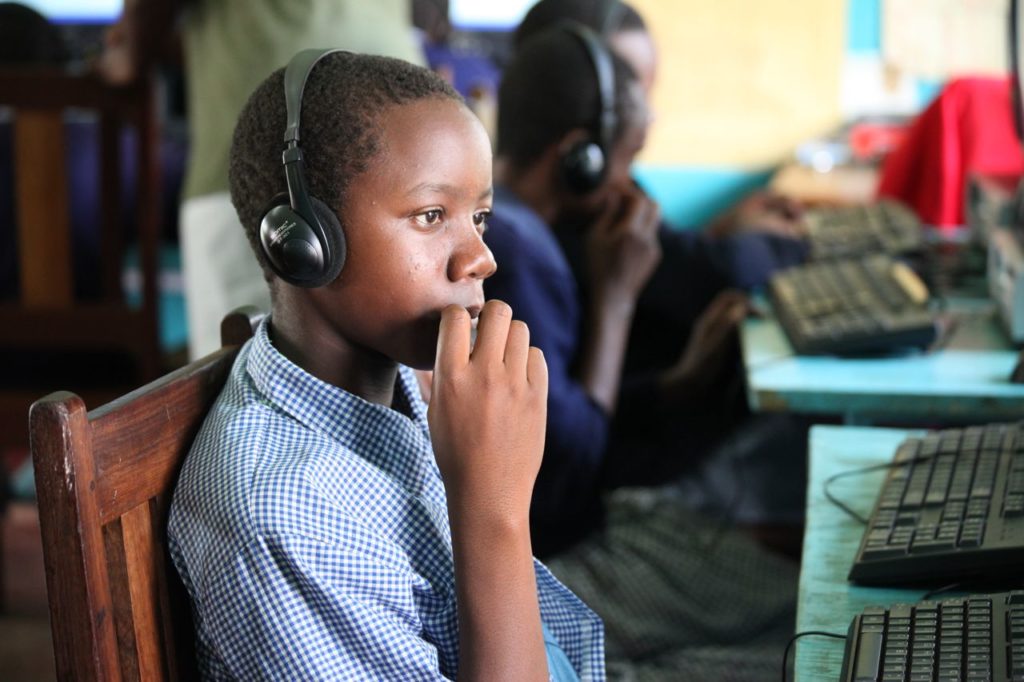How to use Audio Description correctly
inableAdmin
Audio Description is when vital visual elements are described in detail enhancing accessibility for people with visual impairments in understanding essential critical information and context while they’re experiencing a film, series, live events, video games and other multimedia content.

Audio description includes describing people, images, when the scene changes, body posture, facial expressions, actions happening on screen, costumes, locations and additional text that happens on screen. Audio description is inserted during dialogue gaps within visual content and can be accessed as an audio language track.
The best practices for audio description include:
- Consult with an audio description consultant so that you can plan accordingly before you start creating visual content.
- Embed the audio description in a natural way that doesn’t affect the mood and pacing of the film and TV series.
- Describe the title card that has the name of the show or film.
- Give timely audio description that matches the actions that are happening on screen.
- Avoid sharing spoilers before they happen on screen.
- Find a balance between too much and too little audio description.
- Have people introduce themselves and describe what they look like and their dress code
- Read out letters and other text that appears on screen.
- Give context to sounds so that it’s easier to connect audio to actions happening on screen.
- Stay away from personal opinions and stick to the facts.
- Don’t censor action that is happening visually on screen.
- Include transcripts of the audio description content so that people without access to audio description can interact with transcripts instead.
- Ask people who are visually impaired to interact with your audio description and give feedback so that you can enhance their experience.
We’d love to hear from you if you have more audio description accessibility tips that you’re using on multimedia content. Leave us a comment online and tag us on Facebook, Twitter, LinkedIn or Instagram.
Written by: Linda Wairegi, Multimedia Project Manager, inABLE